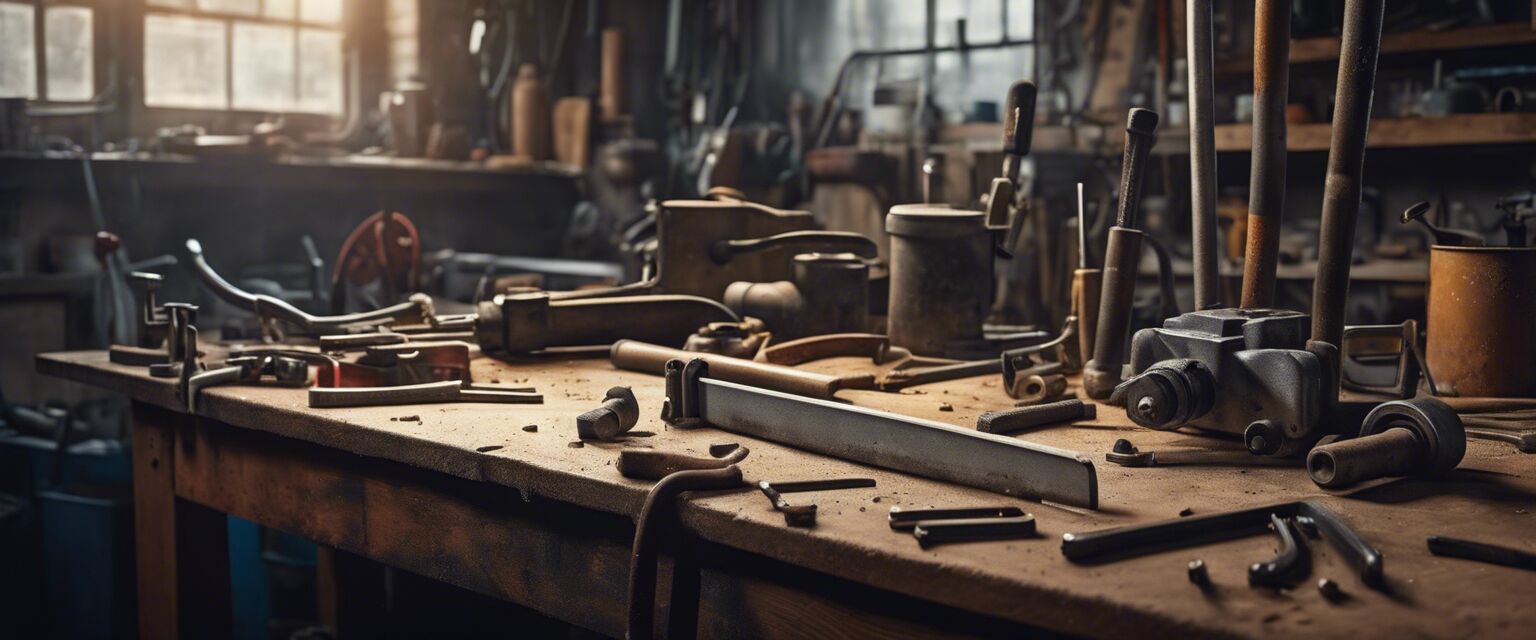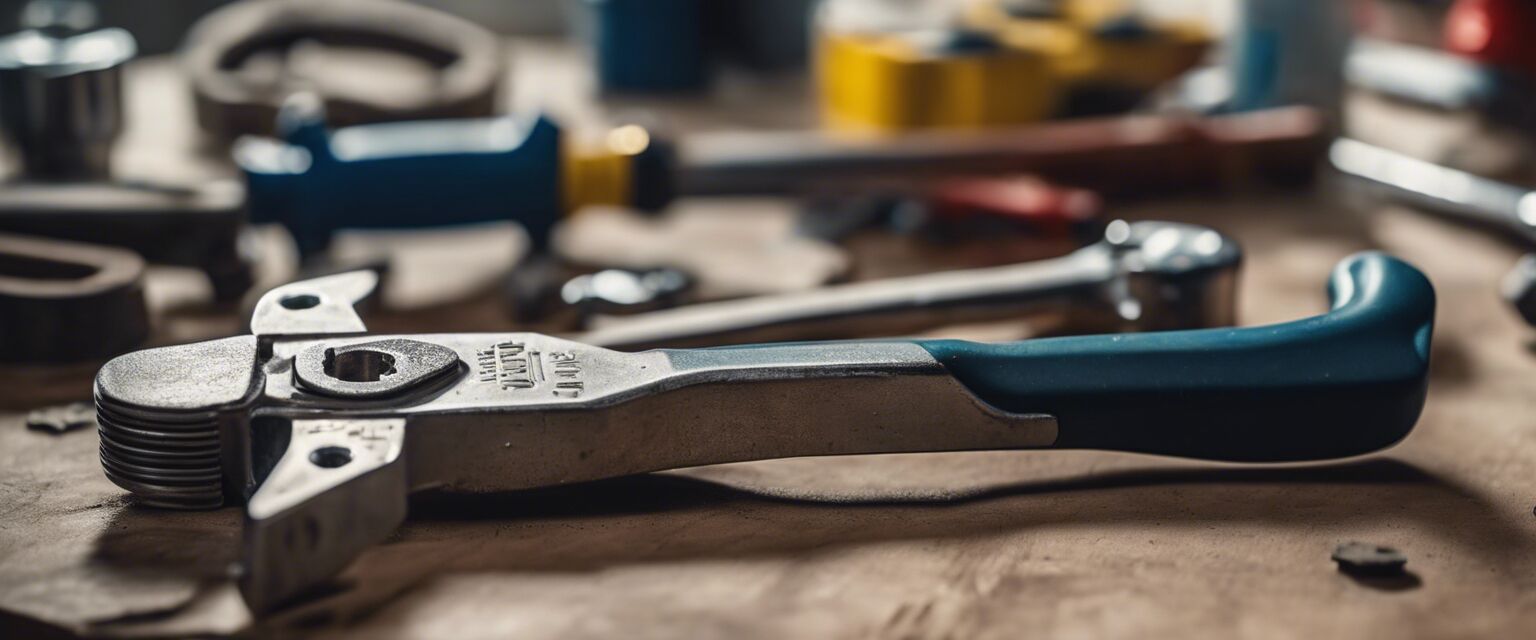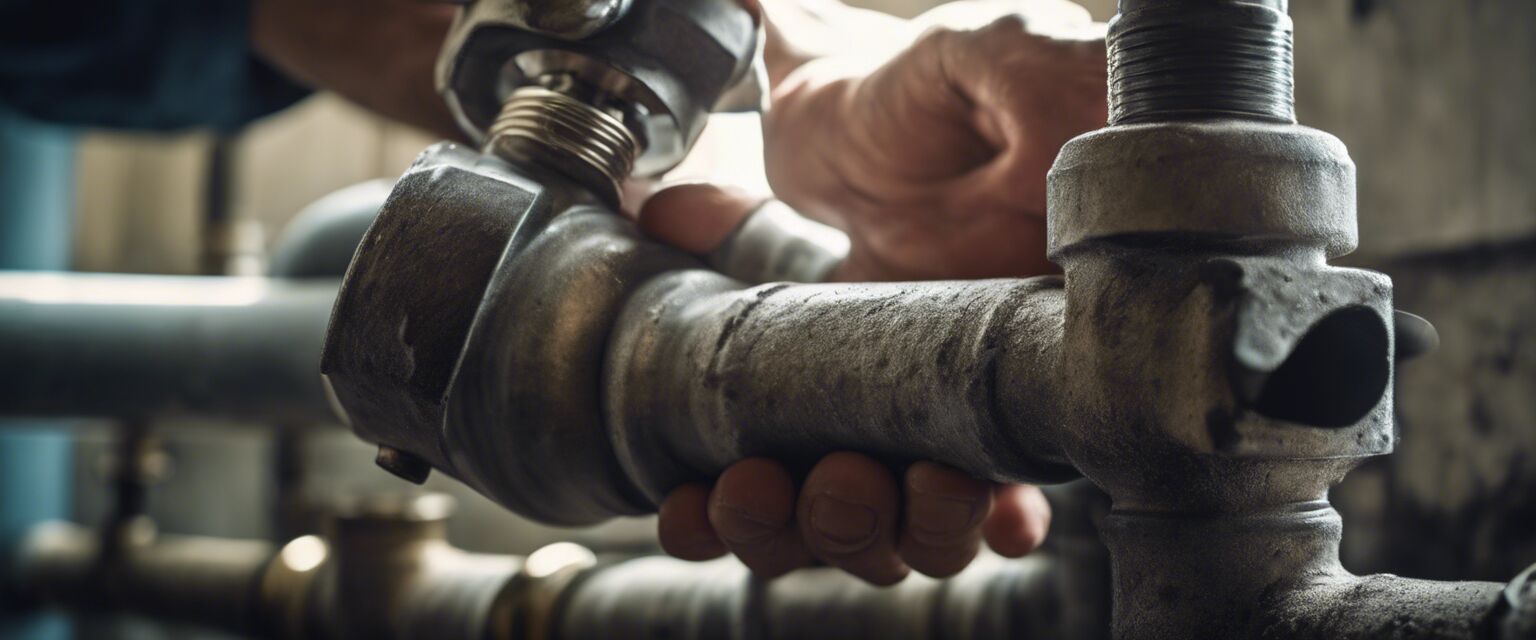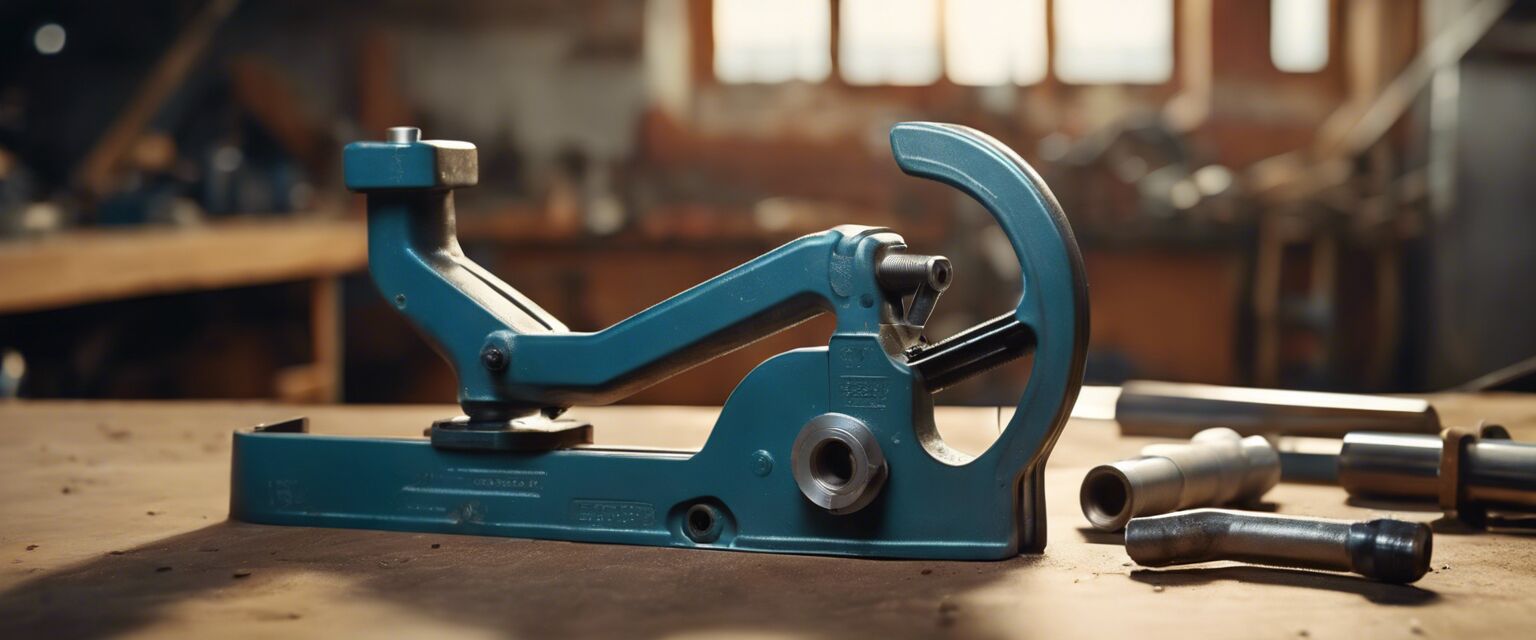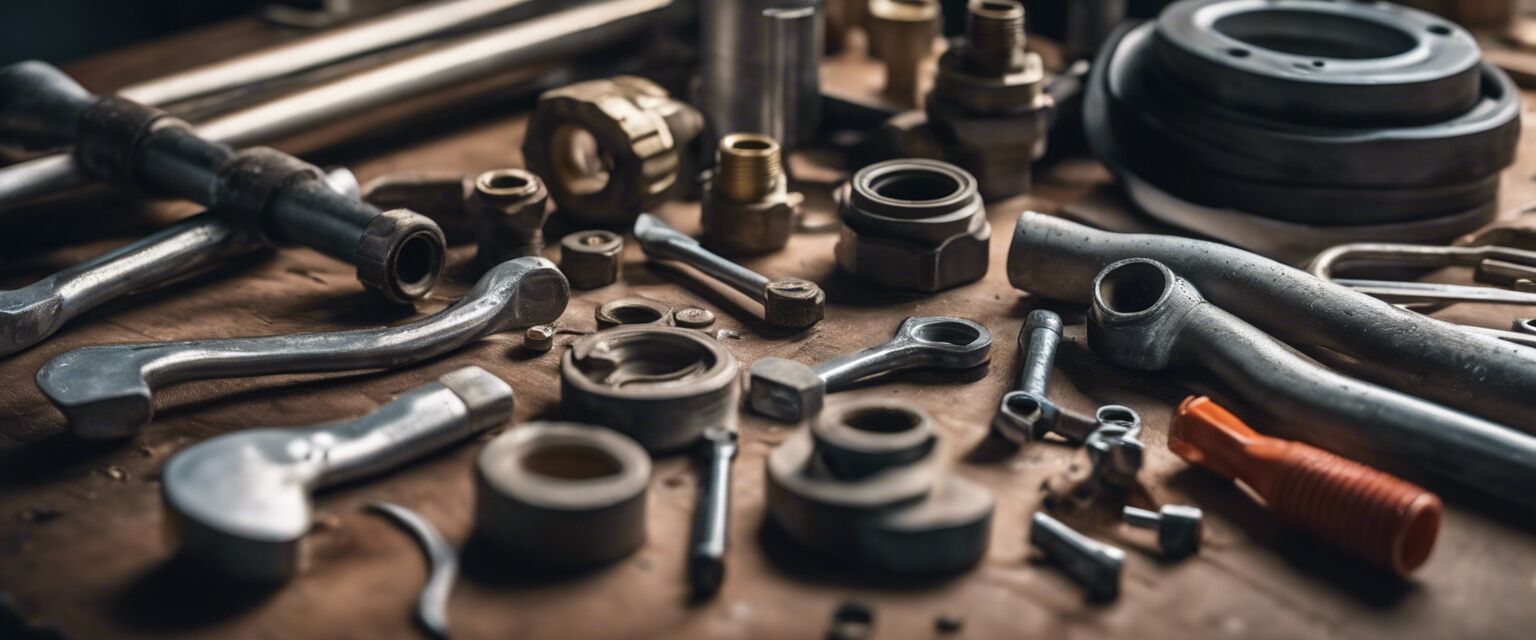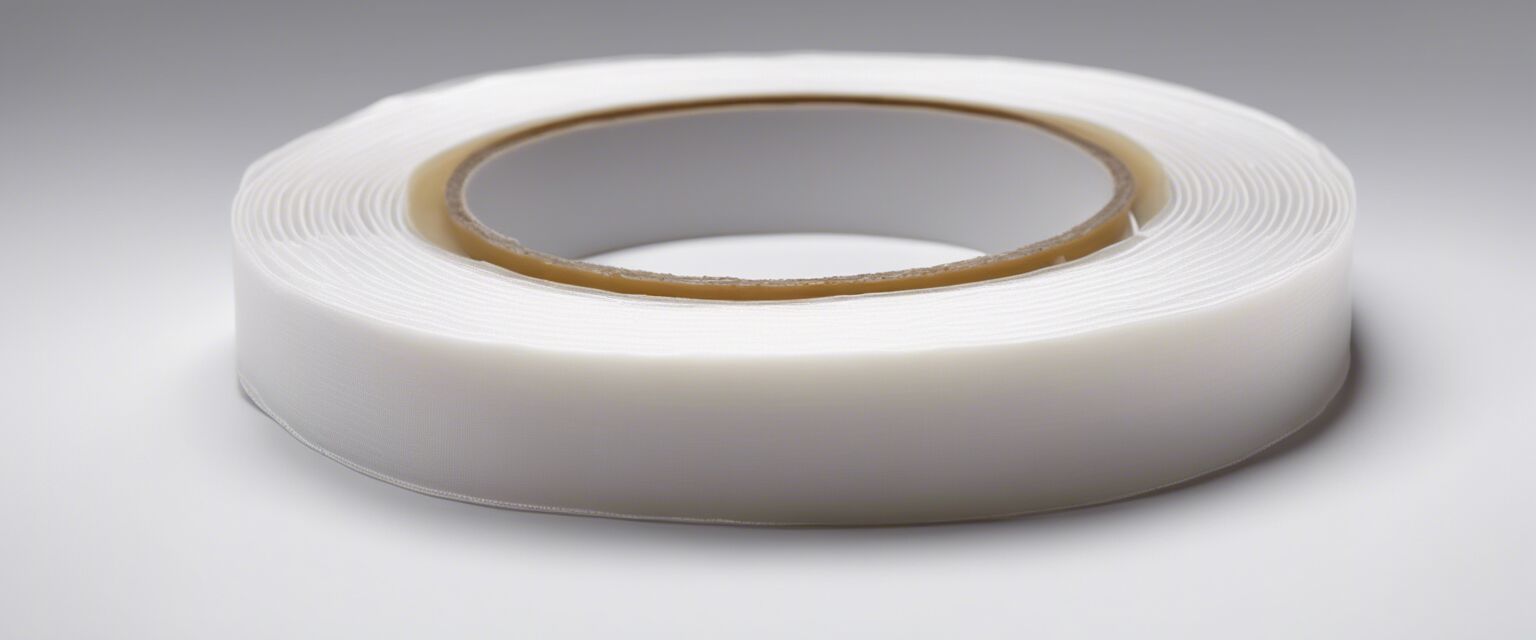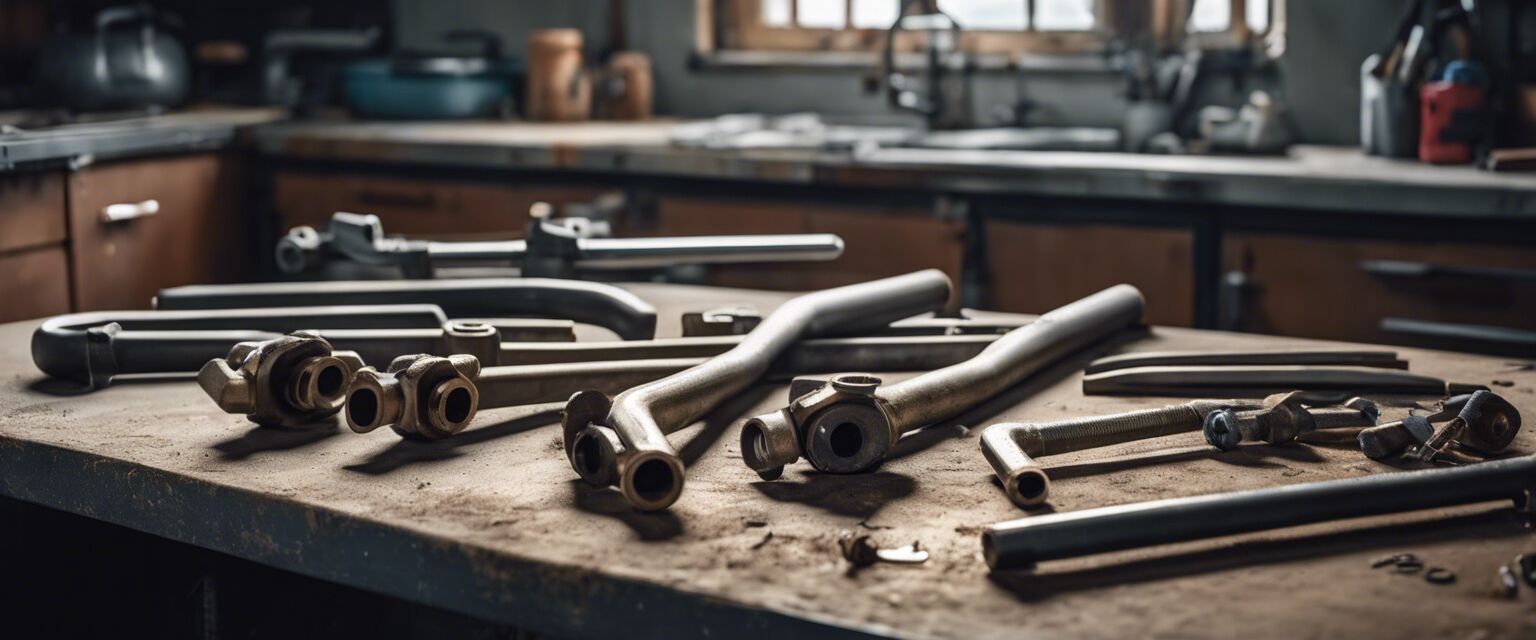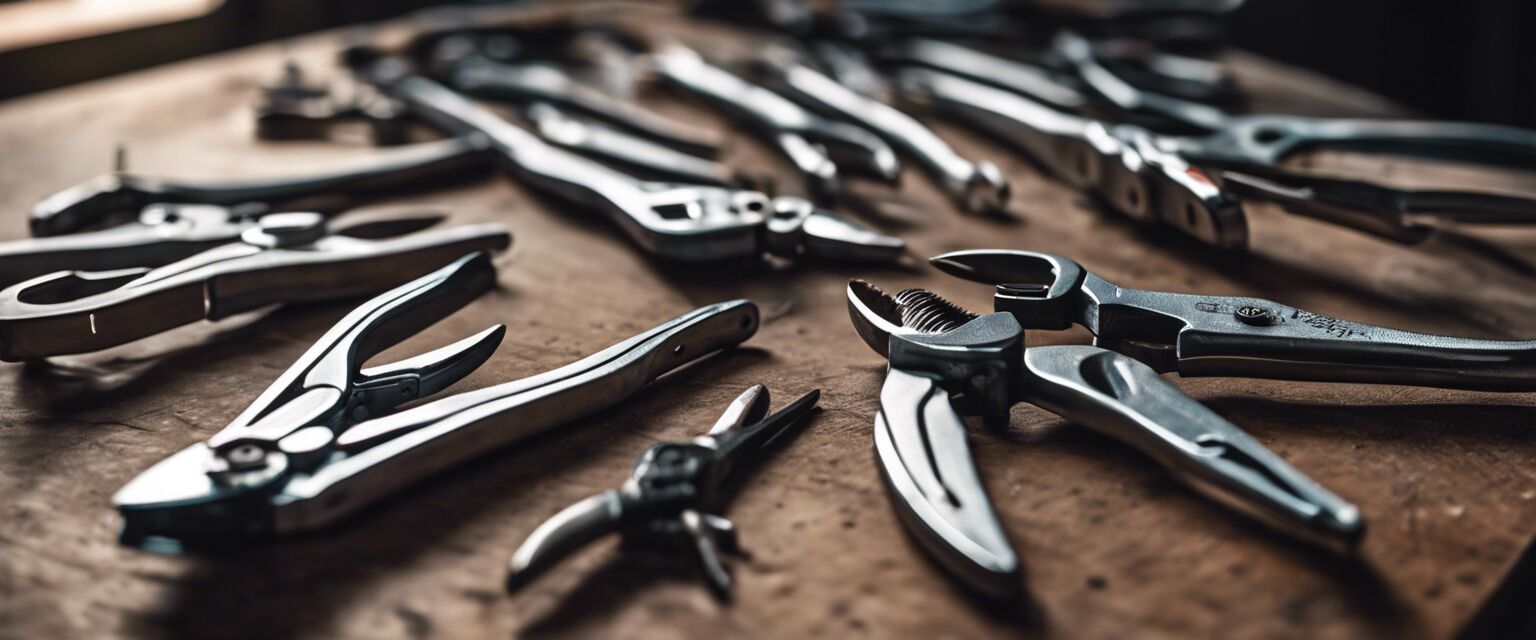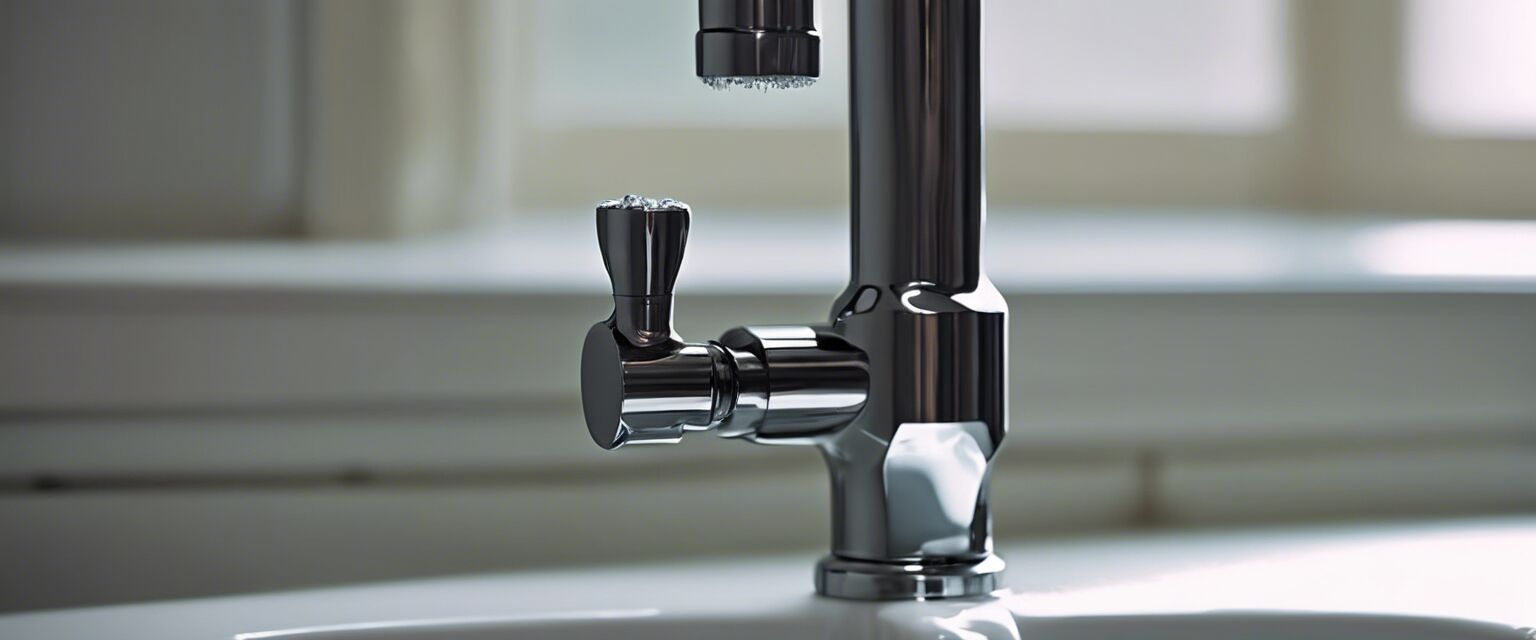
How to Use a Basin Wrench
A basin wrench is a versatile tool that every plumber should have in their toolkit. It's designed to reach and turn faucets, toilets, and other hard-to-reach fixtures in tight spaces. In this article, we'll guide you through the steps to use a basin wrench effectively and provide some valuable tips to get the job done efficiently.
Key Takeaways:
- Choose the right basin wrench for the job
- Adjust the wrench to fit the fixture
- Use the correct grip and stance
- Apply gentle and consistent pressure
- Maintain the wrench and store it properly
What is a Basin Wrench?
A basin wrench is a long, T-shaped tool used to reach and turn faucets, toilets, and other fixtures in tight spaces. It's typically used in situations where a regular wrench or pliers can't fit. Basin wrenches come in various lengths and styles, including adjustable and fixed models.
| Type | Description |
|---|---|
| Adjustable Basin Wrench | Can be adjusted to fit different fixture sizes |
| Fixed Basin Wrench | Designed for a specific fixture size |
Choosing the Right Basin Wrench
Before you start using a basin wrench, make sure you have the right one for the job. Consider the type of fixture you're working with and the space available. If you're working on a variety of fixtures, an adjustable basin wrench might be the best option.

Using a Basin Wrench
- Adjust the wrench: If you're using an adjustable basin wrench, adjust the jaw to fit the fixture. Make sure it's securely locked in place.
- Choose the right grip: Hold the wrench with a firm, but not overly tight, grip. Experiment with different grip styles until you find one that feels comfortable.
- Get into position: Stand in a comfortable position, with your feet shoulder-width apart and your body balanced evenly.
- Apply gentle pressure: Slowly apply gentle pressure to the wrench, using your body weight to help turn the fixture.
Tips and Tricks
Basin Wrench Tips for Beginners:
- Start with small, gentle movements and gradually increase pressure
- Use a basin wrench with a comfortable, non-slip grip
- Keep the wrench clean and well-maintained to ensure smooth operation
Maintenance and Storage
After each use, clean the basin wrench with a soft cloth and store it in a dry place. Regularly inspect the wrench for signs of wear and tear, and replace it if necessary.

Pros:
- Reaches tight spaces
- Adjustable models fit various fixture sizes
- Cost-effective compared to other specialized tools
Cons:
- May require some practice to use effectively
- Can be bulky and heavy
- Not suitable for all types of fixtures
By following these instructions and tips, you'll be well on your way to becoming a master of the basin wrench. Remember to choose the right tool for the job, adjust it correctly, and use gentle pressure to get the job done efficiently.

Looking for more information on plumbing tools and supplies? Check out our guides on adjustable wrenches, pipe cutters, and PTFE tape.
